Intermediate Tips
Improve Your Surfing Through Muscle Memory
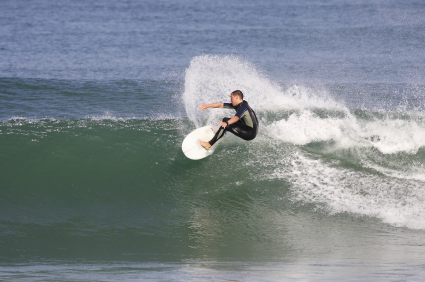 “The only difference between you and me is time in the water and commitment”.
“The only difference between you and me is time in the water and commitment”.
-Taj Burrow, WCT surfer in his book, Taj Burrow’s Book of Hot Surfing.
It’s no secret that the quickest method to improve surfing performance is to increase your wave count. More waves equal more time on a wave increasing your muscle memory as you execute standard maneuvers time and time again.
Muscle memory is the interaction between the brain and the nervous system. When we apply this theory to sports it is called “proprioception”, which is the process our brain uses to know where our body parts are in time and space. Someone typing quickly without looking at the keyboard is an example of muscle memory, or proprioception at work. The more you execute a motion, the more muscle memory patterns you set and the more unaware you become of movements and mechanics. You can free your mind to focus on the objective at hand. Muscle memory is established through repetition of motor skills until it becomes automatic.
Sounds easy enough, but how do you get more wave time to improve your muscle memory and improve your surfing performance? You can't surf when its flat and you should surf after it rains, so for these times, SurfScience has three suggestions for you to get better:
Sidewalk Surf
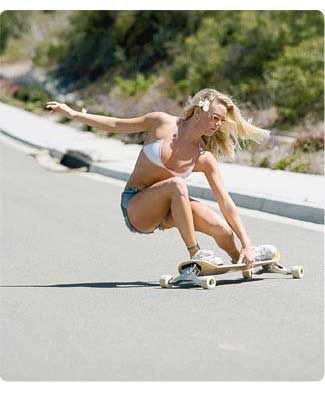 Small surf got you down? Pick up a carving skateboard and shred the blacktop! Skateboarding was truly born of surfing and for good reason. You can improve your surfing if you practice generating speed, carving on open wave faces, and nailing reentries. Watching “Dogtown and the Z Boys” will inspire you to hit the streets. The kids in that documentary treated everything like waves; they carved up pools, ruled playground slopes, shredded hills, and cruised parking lots. They skated it all, improving the muscle memory needed for the next swell.
Small surf got you down? Pick up a carving skateboard and shred the blacktop! Skateboarding was truly born of surfing and for good reason. You can improve your surfing if you practice generating speed, carving on open wave faces, and nailing reentries. Watching “Dogtown and the Z Boys” will inspire you to hit the streets. The kids in that documentary treated everything like waves; they carved up pools, ruled playground slopes, shredded hills, and cruised parking lots. They skated it all, improving the muscle memory needed for the next swell.
Traditional skateboards are a great way to increase your comfort level on a board but if you want to go a step further, the Carveboard can take you there. The movements made while Carveboarding replicate the motions needed to execute the cutbacks and rail turns of modern high performance surfing. By finding a cement slope or driveway, you will be able to practice hitting the lip and coming back around just like you would while doing a figure 8 on a wave face.
Shred The Slopes
T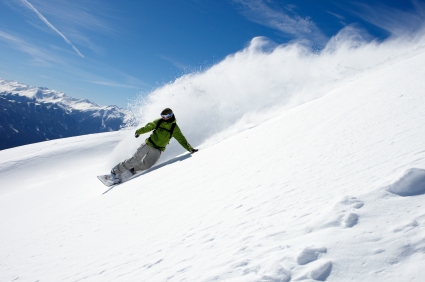 he learning curve of the average snowboarder is much steeper than that of a surfer. It only takes a few days for a novice snowboarder to mix in turns and gain speed whereas a surfer may need two years to acquire the muscle memory needed to nail the most basic maneuvers. Again, it’s all about time on the board. Can you imagine getting six hours of actual wave time in one day? At that pace it would take only a few days to carve! Six hours of wave time is not realistic, but you can hit the ski slopes and work on your board skills. Many of the skills translating to surfing are speed checks (stalls), half pipes (giant open faces), the fundamentals of turning, and overall comfort on a board.
he learning curve of the average snowboarder is much steeper than that of a surfer. It only takes a few days for a novice snowboarder to mix in turns and gain speed whereas a surfer may need two years to acquire the muscle memory needed to nail the most basic maneuvers. Again, it’s all about time on the board. Can you imagine getting six hours of actual wave time in one day? At that pace it would take only a few days to carve! Six hours of wave time is not realistic, but you can hit the ski slopes and work on your board skills. Many of the skills translating to surfing are speed checks (stalls), half pipes (giant open faces), the fundamentals of turning, and overall comfort on a board.
Become a FlowRider
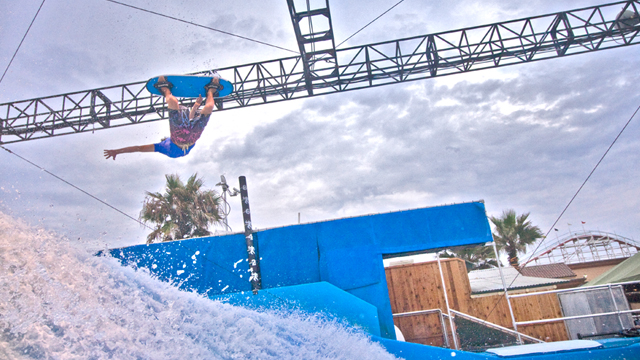 Tom Lochtefeld, the founder of Wild Rivers Water Parks, founded and patented Wave Loch technology in 1991. What followed is the perfect mix of surfing, skating, and snowboarding: the FlowRider and FlowBarrel. Each use jets to shoot a three inch layer of water over a surface engineered to replicate the shape of an ocean wave. This “sheet wave” riding has now morphed into its own sport, with 16 stops on the 2009 Wave Loch Flow Tour and the National Championships taking place in Waterville, Alabama.
Tom Lochtefeld, the founder of Wild Rivers Water Parks, founded and patented Wave Loch technology in 1991. What followed is the perfect mix of surfing, skating, and snowboarding: the FlowRider and FlowBarrel. Each use jets to shoot a three inch layer of water over a surface engineered to replicate the shape of an ocean wave. This “sheet wave” riding has now morphed into its own sport, with 16 stops on the 2009 Wave Loch Flow Tour and the National Championships taking place in Waterville, Alabama.
In a recent interview with SurfScience.com, Marshall Myrman, Cheif Operating Officer of Wave Loch, told us Lochtefeld’s main goal was to get people barreled for the first time while increasing our wave time. A true Champion of the People! FlowBarrel was soon born, replicating a big mean barreling left-hand wave. Can you imagine getting barreled for two minutes at time? Neither can we, but riding a never ending wave will surely improve your muscle memory and the board skills needed to excel at your local break.
Hopefully this article impressed upon you how important it is to nail down your muscle memory in the sport of surfing. Easier said than done when you may catch only ten waves per session, but you have other means of achieving greatness. Go, Surf, and speak well of SurfScience.com when you rip the top off your next wave.

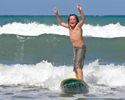
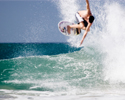
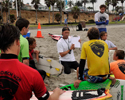


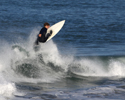
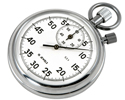
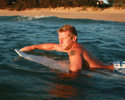
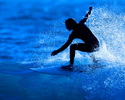
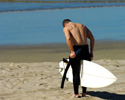
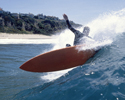
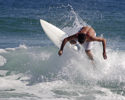
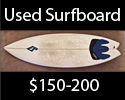
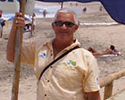
0 Comments